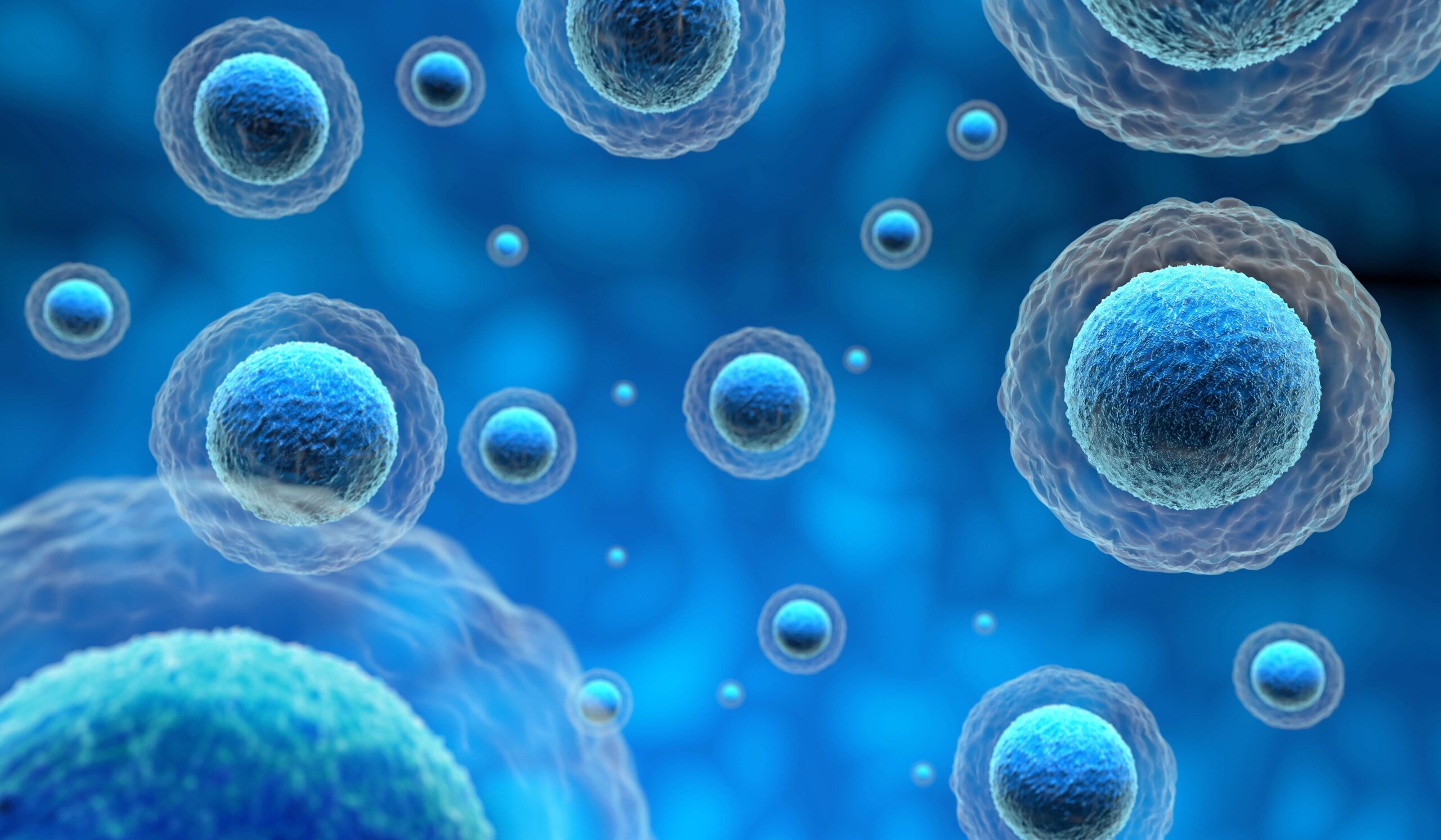The human body has a knack for healing itself. Think of the last time you got a paper cut, sprained an ankle, or even broke a bone. Your body worked hard to mend itself, and over the course of days, weeks, or months, you likely regained normal function at the injury site. Of course, not every ailment is resolved quite so easily. Conditions like heart disease and diabetes are chronic, debilitating illnesses that don’t generally resolve on their own. To treat these chronic conditions, more and more health professionals are steering their patients toward regenerative medicine, a precision practice that channels the body’s ability to heal itself into chronic disease management. But what is regenerative medicine? Read on to find out more.
What Is Regenerative Medicine, Exactly?
Regenerative medicine is a relatively new subset of chronic disease management. Most practitioners point to stem cell tissue engineering, popularized in the 1990s, as the earliest example of mainstream regenerative medicine.
Ultimately, the goal of regenerative medicine is to replace or, more commonly, simply “reboot” damaged tissues or organs. To do that, providers harness the body’s natural healing properties to heal injured or diseased cells, tissues, or organs. That often means working with plasma, stem cells, and other naturally-occurring healing mechanisms within the body. With regenerative medicine, patients have an opportunity to avoid temporary interventions like steroid injections. Instead, they can treat the root cause of their condition and work toward true recovery.
Platelet Rich Plasma
As mentioned above, the core of regenerative medicine is using the body’s built-in healing systems to treat injuries and chronic conditions. Platelet-rich plasma (PRP) is one of those healing systems. During a PRP procedure, plasma is obtained from a patient’s blood sample. The plasma contains a high concentration of platelets, a type of blood cell that contains growth factors and other cytokines to speed healing. The plasma is then injected back into the body where its healing properties are needed most. Platelet-rich plasma therapy aids in regenerating and healing injured soft tissue, making it a popular treatment for orthopedic conditions including the following:
- Osteoarthritis
- Degenerative disc issues
- Rotator cuff tears
- Meniscal tears
- Ankle sprains
- Respiratory issues like asthma, emphysema, and post-COVID syndrome, for which PRP can be used as an inhalant
Stem Cell Therapy
Stem cells are one of the original heroes of the regenerative medicine movement. These live cells are widely known as the building blocks of life, with the incredible potential to replicate other cells they encounter. When stem cells are injected directly into a joint, they help regenerate damaged cartilage, ligaments, and tendons. Similarly, when placed in the spine, stem cells can regenerate damaged discs. Stem cells can also be given intravenously to treat chronic disease. Below are a few examples of conditions for which stem cell therapy is appropriate:
- Osteoarthritis
- Tendon or ligament tears
- Degenerative disc disease
- Desiccation of the spinal disc
- Rheumatoid arthritis
- Fibromyalgia
- Slow-healing wounds
Exosomes
Exosomes are messenger vesicles, or small delivery vessels that move throughout the body. They might be small, but they pack quite a punch, delivering a potent combination of MRNA, cytokines, proteins, and over 1,000 growth factors that promote healing and cell regeneration. Providers can deliver exosomes either intravenously or topically to treat conditions like rheumatoid arthritis and other autoimmune disorders. However, exosome therapy can also be used to improve overall health. Exosomes are often frequently paired with topical skin treatments like micro-needling to promote skin regeneration and address premature aging.
_____
So, what is regenerative medicine? Put simply, it’s a way for healthcare providers to capture the body’s naturally occurring ability to heal and apply that to a wide range of chronic conditions. If you’re curious about tapping into your body’s built-in recovery systems, you can explore our regenerative medicine offerings.
C.O.R.A.MED HRT & Regeneration Center, founded by Laura Clark, APRN, MSN, FNP-C, is a family-owned integrated medical practice that stands apart from traditional healthcare models. Individualized care is at the core of our philosophy — meaning that we focus on the root causes of health issues, rather than merely alleviating symptoms. Contact us today to make an appointment.

